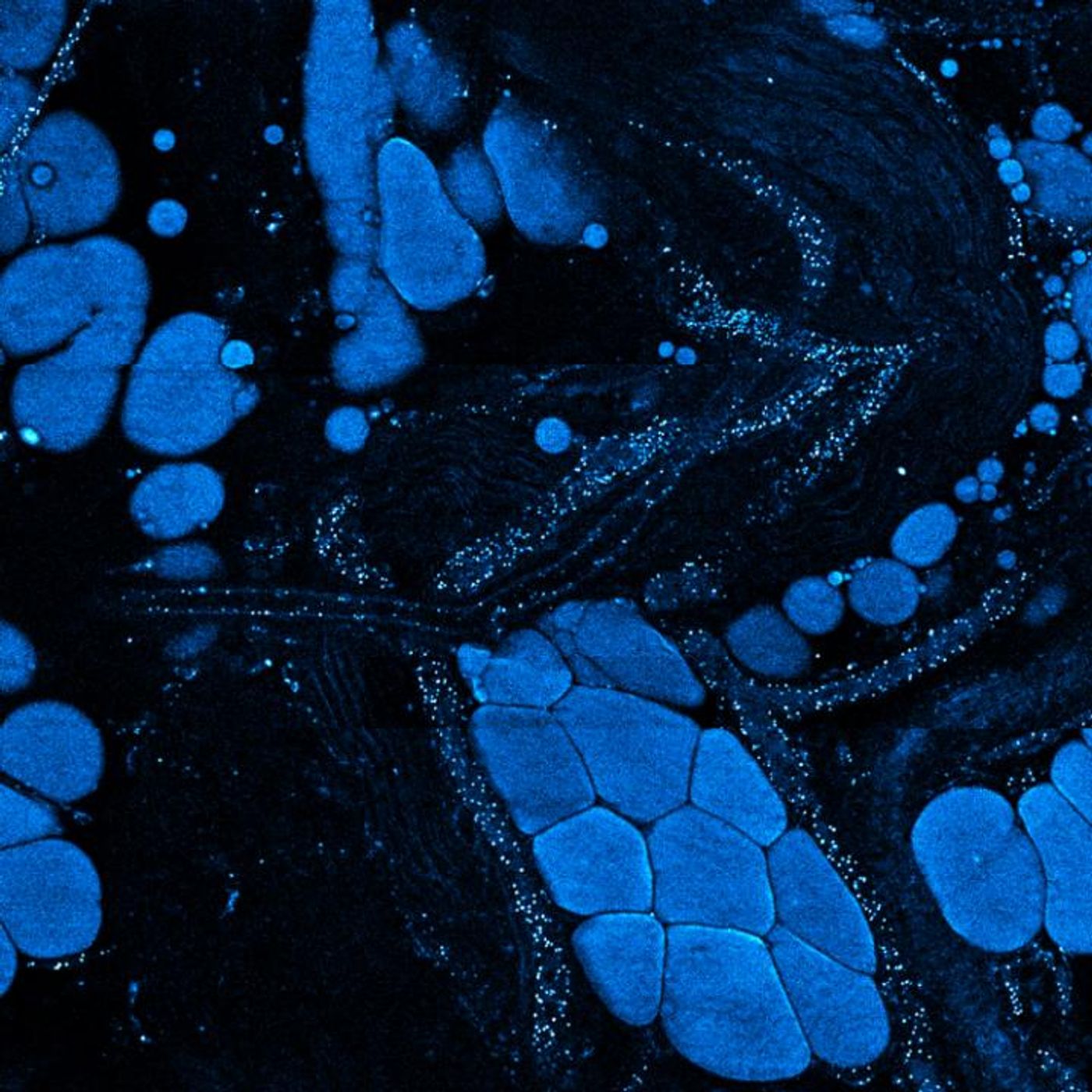New Details About how Cells Change as Tumors Develop
Understanding the physiology that underlies the transition as a cell moves from being healthy to being cancerous is a critical part of treating or halting the spread of cancer effectively. Researchers have linked the appearance of a large number of vesicles moving out of tumor cells and small but detectable changes in metabolism portend major events. These small changes in the microenvironment of a tumor could be paving the way for the metastasis of cancer. Powerful optical technology has now enabled researchers to visualize the changes that cells undergo as a tumor grows, without the use of tags of dyes; the work was reported in Science Advances.
The investigators were able to get a look at what was happening at the molecular level at five different time points in rat and human samples. They utilized specific wavelengths of light to illuminate the molecular and structural composition of tissue without manipulation, and combined images made using each wavelength to create a total picture of cellular events. This technique showed that a large number of vesicles move out before the major events of blood vessel growth and the spread of cancer to nearby cells. These vesicles could be part of a causal event, suggest the researchers.
"We're starting to connect the dots here. This is the first time all of these pieces have been looked at together. No one's been able to visualize the tissue this way and see the changes dynamically," said the leader of this work, Dr. Stephen Boppart, a Professor of Electrical and Computer engineering and of Bioengineering at the University of Illinois, and a medical doctor.
"This paper is important because it connects the microscopic scale - the molecular and vesicle scale -- with the larger-scale events in the tissue," commented first author Haohua Tu, a research scientist at the Beckman Institute for Advanced Science and Technology at Illinois. "Also, this is the first time we've compared changes in metabolism and vesicle production, and we found that they are linked. Both are microscopic events, but their concurrence leads to a lot of large-scale changes associated with tumor progression. The conclusion is that the combination of these two signals early cancer development and should be a focus of cancer therapy, rather than only focusing on larger-scale events later."
The researchers also said that their work shows that cancer cells produce vesicles that influence the spread of cancer and change the microenvironment of a tumor.
"Often, when there is a tumor in one tissue, cells elsewhere have undergone changes because of that tumor," Boppart said. "Are all these changes happening because there was some sort of environmental carcinogen that caused tumors at different points? Or did the tumor give off vesicles that changed the microenvironment to prepare it for those later cells that metastasize?"
The investigators are hopeful that this work could lead to a new line of thinking in the approach to the treatment, detection and study of cancer. A portable imaging device like the one used by the researchers has been created for use on patients undergoing biopsies or operative interventions. It could be useful for the detection of heightened vesicle production in patients and it may indicate how aggressive a cancer is. The scientists are also wiring to determine the contents of these vesicles.
"We also know from other studies that these vesicles carry a lot of information about where they came from and where they're going," explained Boppart. "Imaging is great, but you have to know where to look. There's no way we can look at the whole body on the cellular level. But if we can take a drop of blood, scan it for cancer-related vesicles and know where they came from, then we know where to look for the tumor."
If you would like to know more about the research of Dr. Boppart, check out the video below, in which he provides an overview of how microscopy techniques give us a window in to the physiology of disease.
Sources: AAAS/Eurekalert! via University of Illinois, Science Advances









